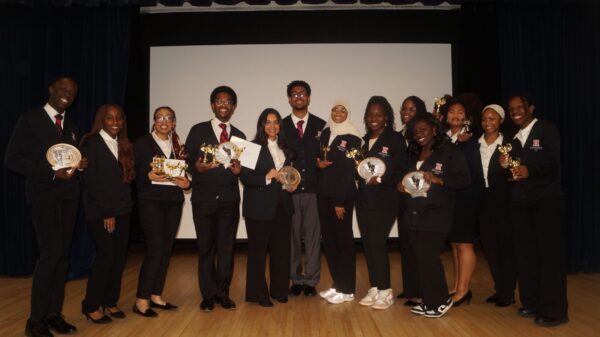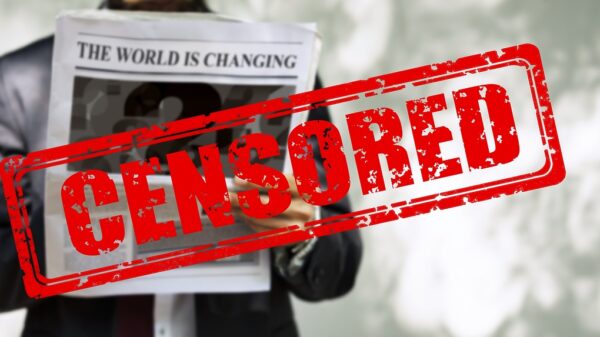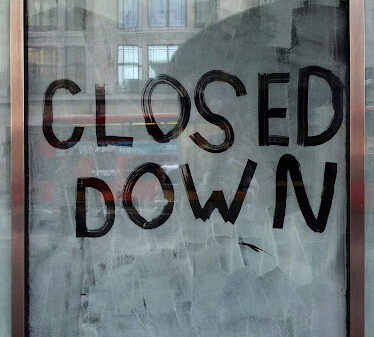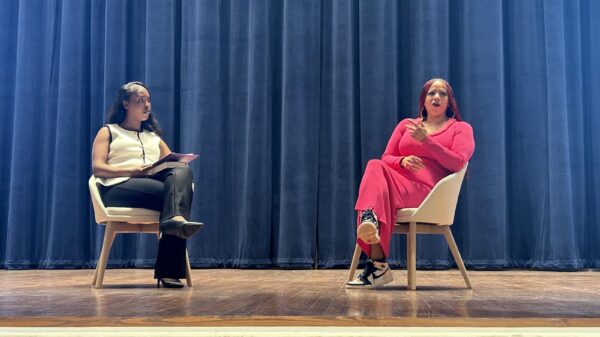The White House recently released its annual report to Congress on White House Office staff which included their yearly salaries. An analysis of the report conducted by Mark Perry, first reported in the Wall Street Journal, revealed that women working for the White House earned 80 cents for every $1 paid to men on average, and escalated the conversation around the concept of the gender pay gap around the U.S.
The gender wage gap, as defined by the U.S. Department of Labor, is a calculation based on “earnings data for women and men who work full-time, year-round in order to control for differences in work hours and experience”. However, some describe the phenomenon as a more nuanced subject.
Samantha Powers, an associate professor at Howard University and a former employment law attorney, described the topic as a function of three different things: discrimination, socialization and capitalism.
One way these concepts contribute to the gender wage gap is by establishing salary disparities between men and women in the workforce.
“There are social expectations and norms regarding behavior and what is considered as acceptable communication practices for men and women that then lead to discrepancies in the final outcome of a [salary] negotiation,” Powers said. “In short, men often negotiate higher salaries than women do.”
Another contributing factor to the gender pay gap is racial and ethnic background, according to the U.S. Department of Labor as women employees experience racial and ethnic discrimination.
The American Association of University Women revealed that in 2021, female African-American employees earned 63% of what their male non-Hispanic white counterparts did. The association attributed this to “the history of labor in America” and the “exploitation of and theft from women of color.”
The perception of certain jobs as more “feminine” or more “masculine” can also be a factor in the inequality in wages. According to the Pew Research Center, women are overrepresented in lower-paying occupations. Occupations such as the personal care, healthcare and cleaning industries have over 50% of their workers as female.
Many of these factors may have contributed to the White House’s wage gap; however, this does not bother some Howard students about the Biden Administration’s ability to address it on a national basis.
“I believe [that], showing transparency provides me comfort,” Bryanna Amanda Deras, a junior psychology and Spanish major, said.
Since the conversation about gender pay inequality began within the White House, the Biden Administration has taken some action around the issue of transparency. The U.S. Department of Labor website “Equal Pay and Pay Transparency” includes various links to articles, research, data and blogs discussing the importance of equal pay.
Despite this, some Howard students feel uneasy about what the White House’s pay gap may mean for female employees in the D.C. area and throughout the U.S.
“The current gender pay gap will inevitably have a ripple effect on other salary agendas in various organizations,” Tereece Chambers, a senior political science major, said.
“If this practice of inequality is openly practiced and accepted in a governmental body, employers and some employees elsewhere in D.C. will accept it as [the] standard,” Chambers said.
The U.S. Census Bureau’s 2019 American Community Survey revealed that the District of Columbia, had one of the highest gender wage gaps in the U.S., at $16,032.
Despite the ongoing gender pay disparity, national experts believe the issue can be rectified. Powers explained the only way corporations and employers can truly combat the wage gap is by resetting wages.
“They looked at what everyone is getting; what are the market rates for salaries in that particular industry for that particular rank and then made everyone get the same amount of salary and made adjustments for the work differences based on gender,” she said.
Copy edited by Alana Matthew































